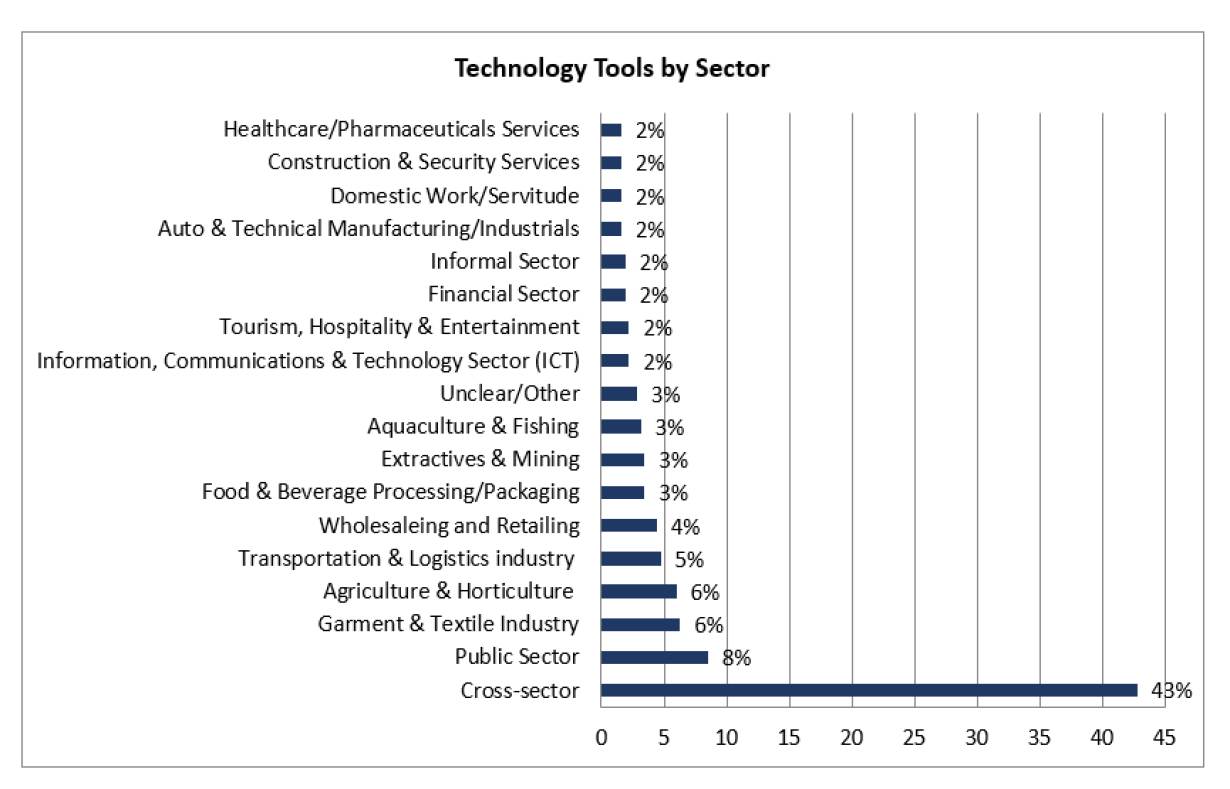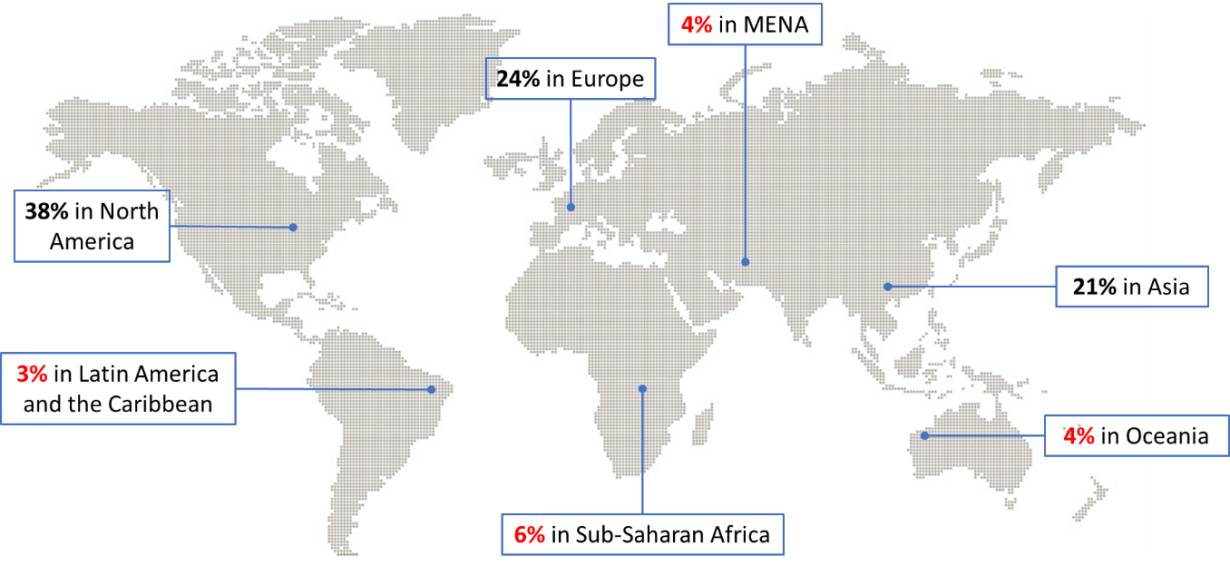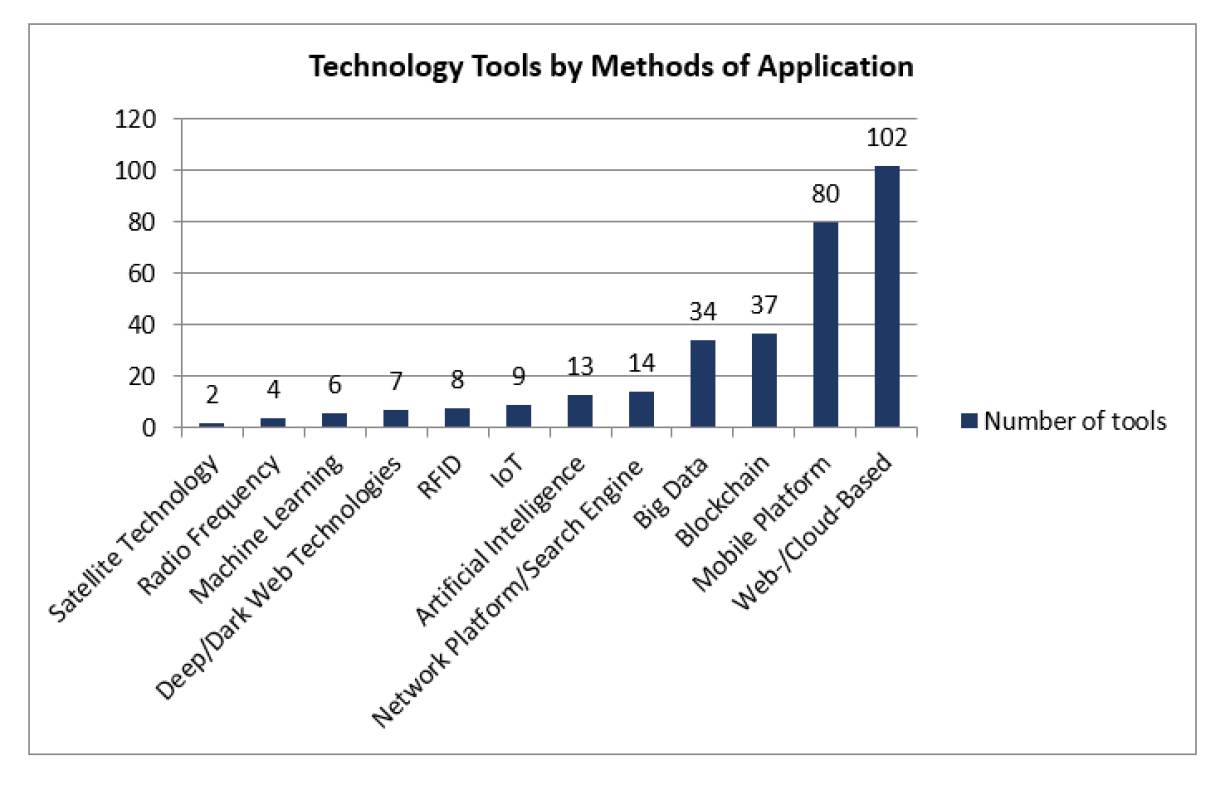Posted on 30 Apr 2019
There is a growing need for the development and support of technologies working to protect potential victims of human trafficking.
There are few facets of modern life that are untouched by technology. Innovations in the industry have changed the way we communicate, the way we work, the way we conduct commerce, and the way we address global issues like human trafficking.
Tech Against Trafficking*, a coalition of technology companies working to combat human trafficking, announced its new Accelerator Program last week at the OSCE’s 19th Alliance against Trafficking in Persons Conference in Vienna. The Accelerator Program will work with organizations deploying a range of technologies to help victims, law enforcement, business, and civil society better understand and combat trafficking with the expertise of the world’s largest and most powerful tech firms, including Amazon, AT&T, BT, Microsoft, Nokia, Salesforce.org, and Vodafone.
Human trafficking is a complex, thriving crime with a global foothold, affecting an estimated 40.3 million people. It manifests in a myriad of different forms, necessitating a wide range of innovative and increasingly creative responses and preventive approaches. As put by Eric Anderson, head of the Modern Slavery Programme at BT, and cofounding member of the initiative, “Diverse technological solutions are needed to combat human trafficking. Through Tech Against Trafficking, we are looking to accelerate in-development tech initiatives across all geographies and sectors.”
Slated for launch in summer 2019, the Accelerator aims to scale the work of technology solutions specifically created and/or deployed to combat human trafficking. Company members of Tech Against Trafficking will provide support and resources such as technical expertise, network access, mentorship, and training and educational components, to accelerate the growth and impact of these solutions.
Mapping Current Tech Tools
“Given the size and complexity of the problem, we urgently need a collective effort to strengthen promising technology solutions. We’ve spent time learning how we can support the anti-trafficking field and how our companies’ resources could be best applied. Our first step was to conduct a mapping of the technology landscape to understand how technology is being used and where there are opportunities to improve impact,” Phil Bennett, Technologist and co-founding member of Tech Against Trafficking, stated.
Since its official launch in June 2018, Tech Against Trafficking has undertaken extensive research and mapping of emerging and existing anti-trafficking tech solutions.
So far, Tech Against Trafficking has mapped more than 260 technology tools. Nearly half focus specifically on labor trafficking, 18 percent target sex trafficking and rest on other trafficking types such as child labor exploitation and organ trafficking. Cross-sector tools were four times more common than sector-specific tools.

The complexity of tools ranges from simple mobile apps informing vulnerable communities and individuals of the risks of labor exploitation, to more advanced technologies—such as satellite imagery and geospatial mapping—being used to track down fishing vessels engaged in illegal activity. Despite developing innovations, only 19 percent of tools target NGOs, governments and inter-governmental organizations as primary users.
Other areas of limited focus include tools using payment security, privacy and personal identity technologies and tools for ethical shopping; eight percent of tools target consumers as primary users.
Currently, Latin America and the Caribbean, Oceania, MENA, and Africa are the most underserved regions, totaling only 17 per cent of the technology tools mapped. Tech Against Trafficking is continuing to map these regions to better understand the technology landscape on the ground.

Opportunities for tech to disrupt trafficking
While online platforms have become low-cost hotspots for remote victim recruitment through advertisements, social media, and job sites, innovative tech tools can help to empower, educate, and protect potential victims, youth, and workers. Applications such as Contratados, Operation Red Alert, Child MISS, and Project Arachnid help disrupt and mitigate human trafficking by providing access to information and educating vulnerable populations on potential risks.
Collective action platforms, such as LaborLink, have also developed to help workers mobilize and organize online. Workers can more easily report deceitful business practices and abuse anonymously. They can exchange useful information and their experiences from working in a new industry or foreign workplace.
As access to telecommunication networks and the internet continues to increase around the world, there is a growing need for the development and support of technologies working to protect potential victims of human trafficking. The biggest opportunities lie in exploring new and innovative partnerships geared towards greater impact, specifically applications using web and cloud-based platforms, mobile platforms, blockchain technology, and satellite tracking.

Tech Against Trafficking plans to harness these opportunities, and leverage our collective resources to ensure that tech tools are deployed for preventing and combatting trafficking, keeping the most vulnerable populations safe, and ensuring human rights are protected in both the digital and analog worlds. As articulated by Laura Okkonen, Senior Manager of Human Rights at Vodafone, “We are thrilled to launch the first Accelerator class and to work with these organizations deploying technology to learn more about what they’re seeing on the front lines, and to support them with the reach of the Tech Against Trafficking membership.”
*The Global Initiative Against Transnational Organized Crime, a co-founder of the RESPECT Initiative, has been chosen as a Research Lead of Tech Against Trafficking since June 2018.
This was originally published on Thomson Reuters Foundation News.



